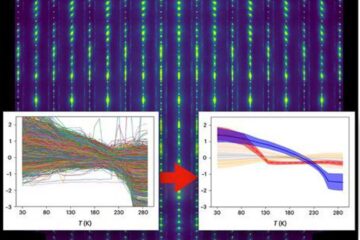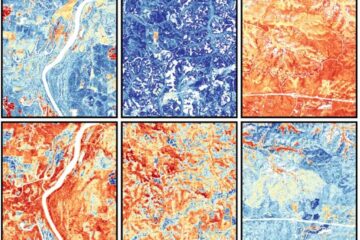Shallow water habitats important for young salmon and trout

Using field studies in watercourses north of Gothenburg and laboratory experiments in Denmark and Scotland, scientist Rasmus Kaspersson at the Department of Zoology, University of Gothenburg, has studied the competition between different age groups of Atlantic salmon and brown trout.
Forced into shallow water
It has previously been believed that poor swimming ability forces young salmon and trout to remain in shallow habitats where the water flows at a lower velocity. Rasmus Kaspersson's work, however, shows that it is rather competition for habitats from the older fish that compels young fish to use shallow water. Rasmus Kaspersson's experiments show that young-of-the-year move to deeper parts of the watercourse as soon as the number of older individuals is reduced.
“This suggests that young-of-the-year actually prefer to live in deep, rapidly flowing water, where they can find food easier and are protected from predatory birds and mink”, says Rasmus Kaspersson.
Population determines survival
In the natural world, however, older and younger individuals are both present, and shallow habitats then function as refuge for the younger fish. The weight and length of young-of-the-year increased when older individuals were removed from parts of the watercourses studied. Thus it seems that the population of older salmon and trout in a watercourse affects indirectly the number of young-of-the-year that reach adulthood.
More protected habitats required
The results presented in Rasmus Kaspersson's thesis show how important it is to preserve and restore shallow parts of Swedish watercourses with low-velocity flow. This will provide more protected habitats for the young fish.
The thesis Age-class interactions in Atlantic salmon and brown trout: Effects on habitat use and performance was successfully defended on 27 May 2010.
Journal: Journal of Fish Biology 74 (10), 2196-2215.
DOI: 10.1111/j.1095-8649.2009.02227.x
Title: Density-dependent growth rate in an age-structured population: A field study on stream-dwelling brown trout Salmo trutta
Authors: Kaspersson R. and Höjesjö J.
Contact:
Rasmus Kaspersson, Department of Zoology, University of Gothenburg
Mobile: +46 702 979496
Telephone: +46 31 786 3547
rasmus.kaspersson@zool.gu.se
Media Contact
All latest news from the category: Life Sciences and Chemistry
Articles and reports from the Life Sciences and chemistry area deal with applied and basic research into modern biology, chemistry and human medicine.
Valuable information can be found on a range of life sciences fields including bacteriology, biochemistry, bionics, bioinformatics, biophysics, biotechnology, genetics, geobotany, human biology, marine biology, microbiology, molecular biology, cellular biology, zoology, bioinorganic chemistry, microchemistry and environmental chemistry.
Newest articles

Machine learning algorithm reveals long-theorized glass phase in crystal
Scientists have found evidence of an elusive, glassy phase of matter that emerges when a crystal’s perfect internal pattern is disrupted. X-ray technology and machine learning converge to shed light…

Mapping plant functional diversity from space
HKU ecologists revolutionize ecosystem monitoring with novel field-satellite integration. An international team of researchers, led by Professor Jin WU from the School of Biological Sciences at The University of Hong…

Inverters with constant full load capability
…enable an increase in the performance of electric drives. Overheating components significantly limit the performance of drivetrains in electric vehicles. Inverters in particular are subject to a high thermal load,…





















